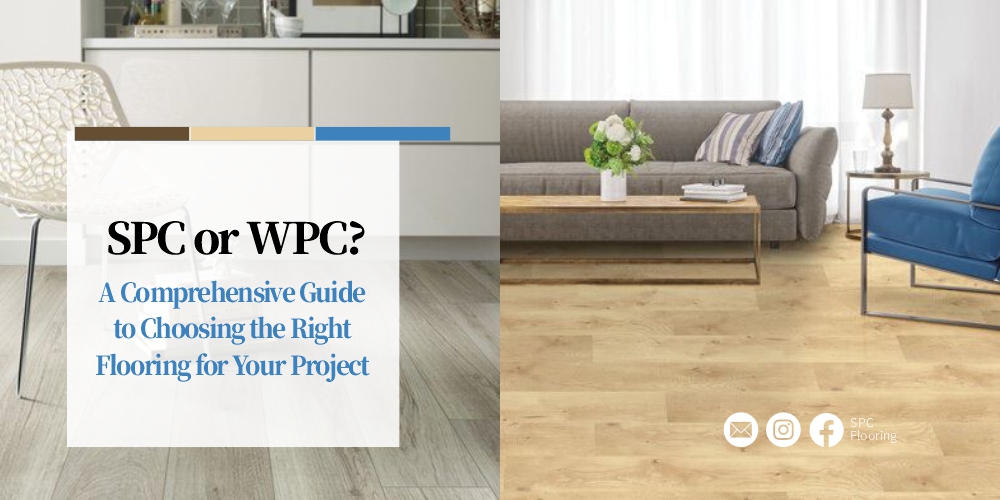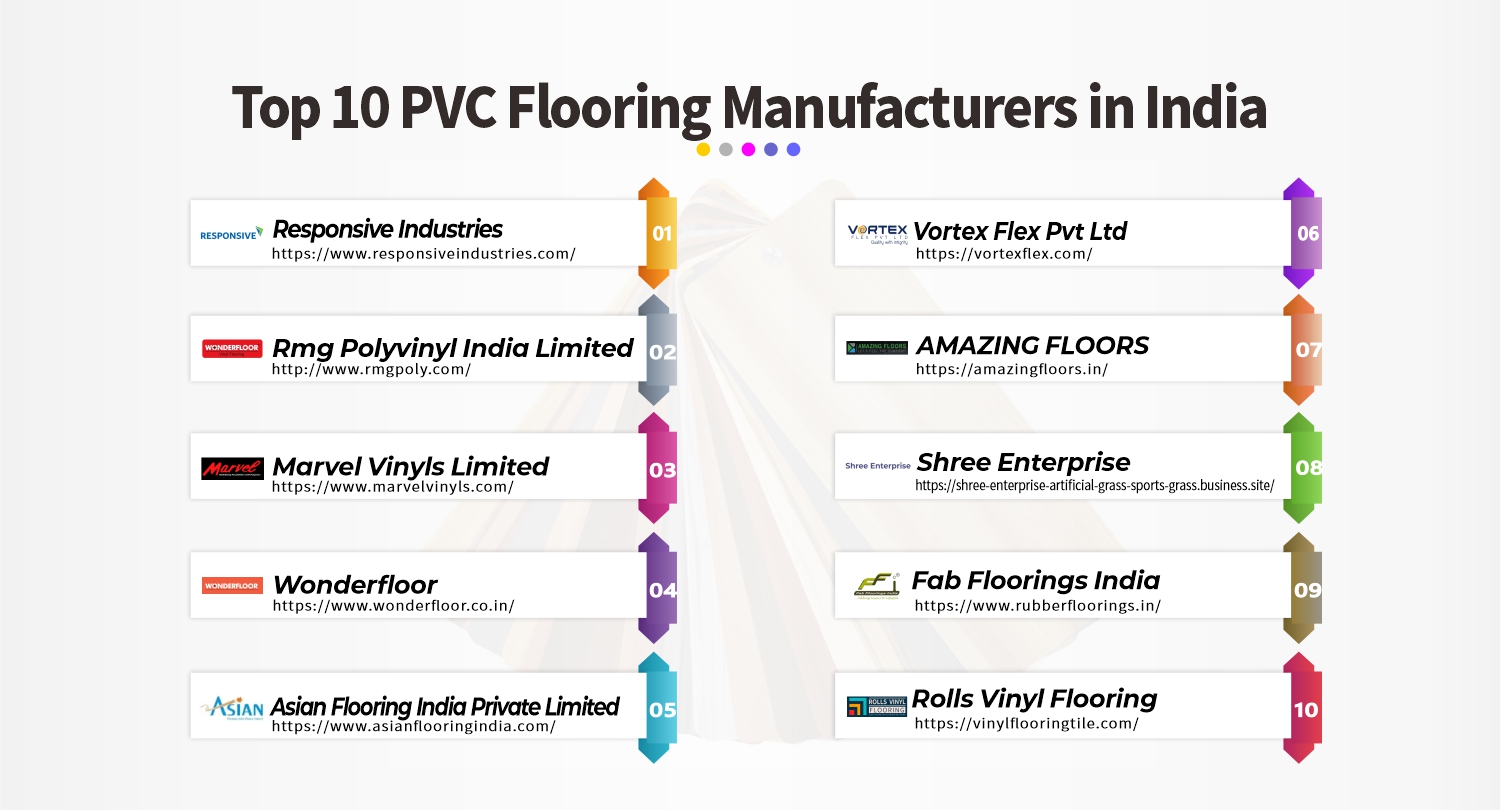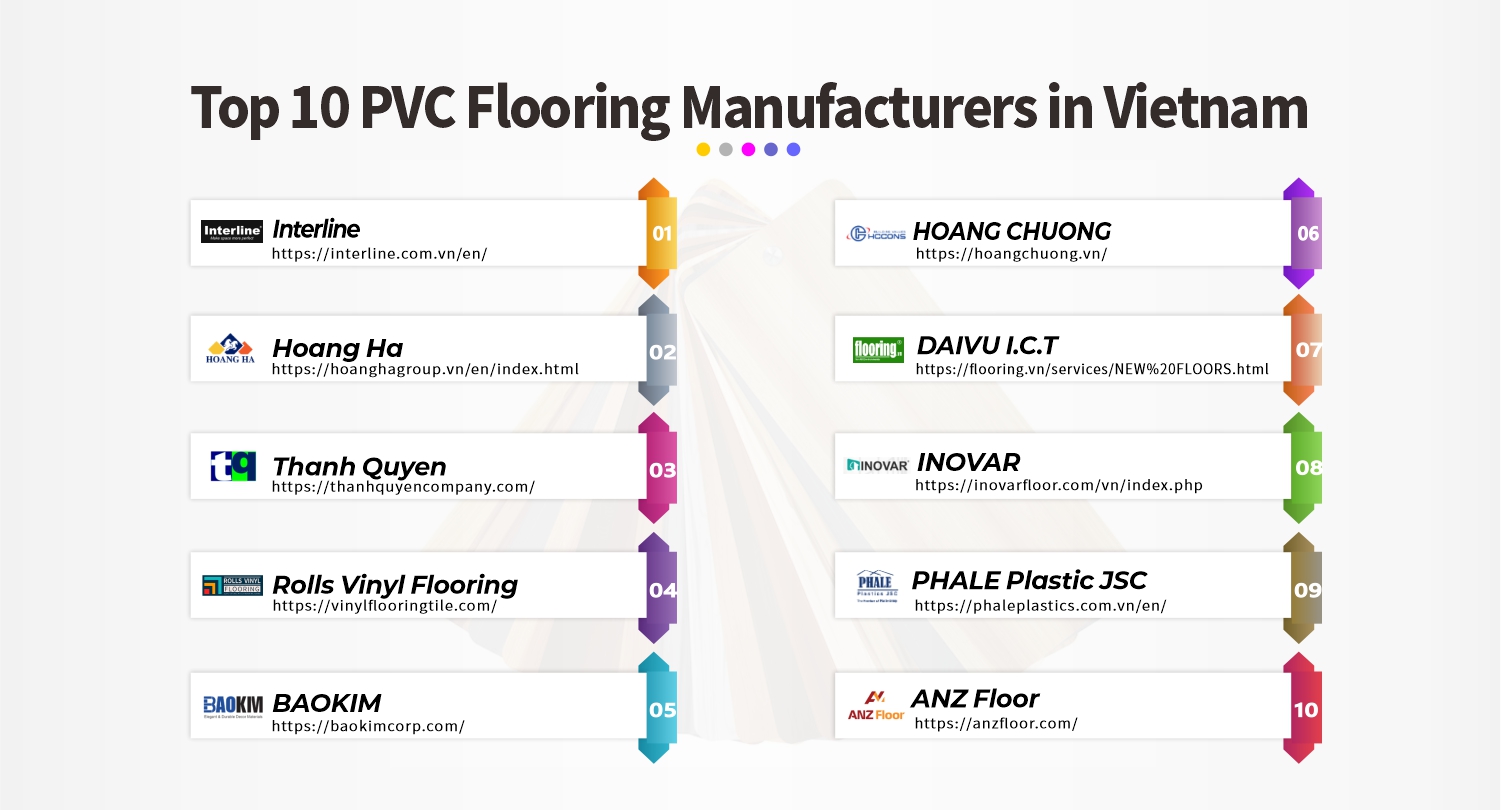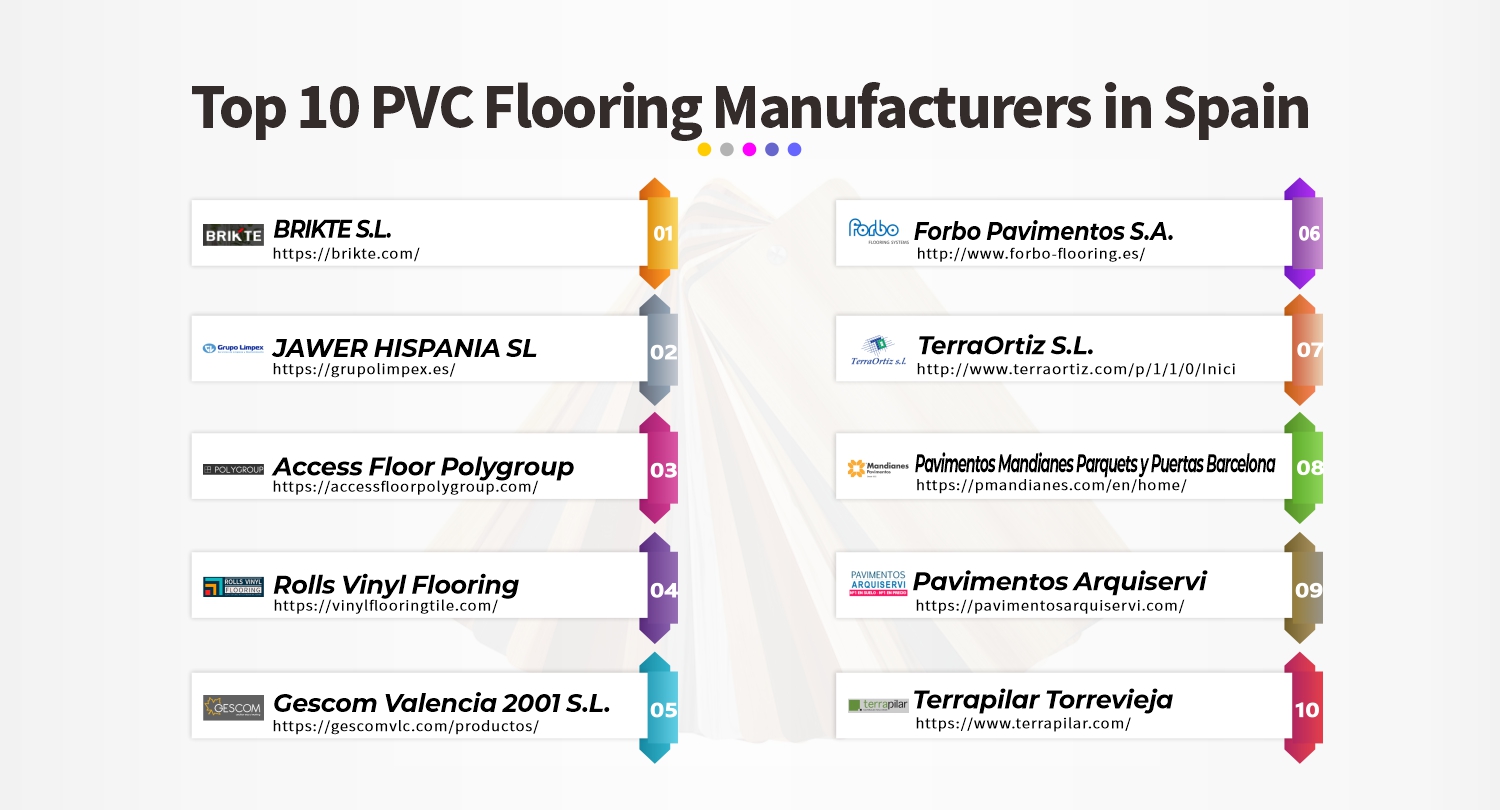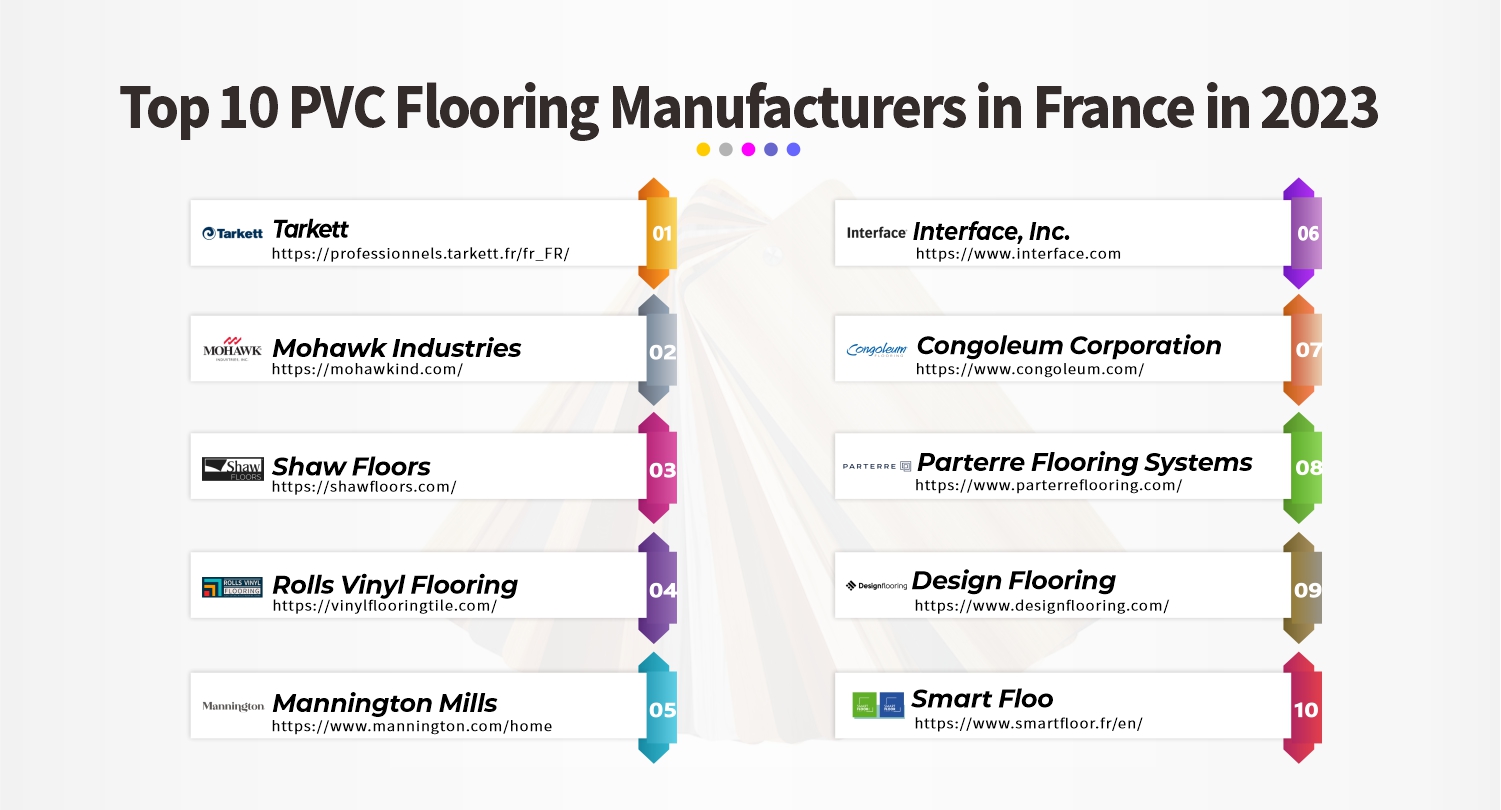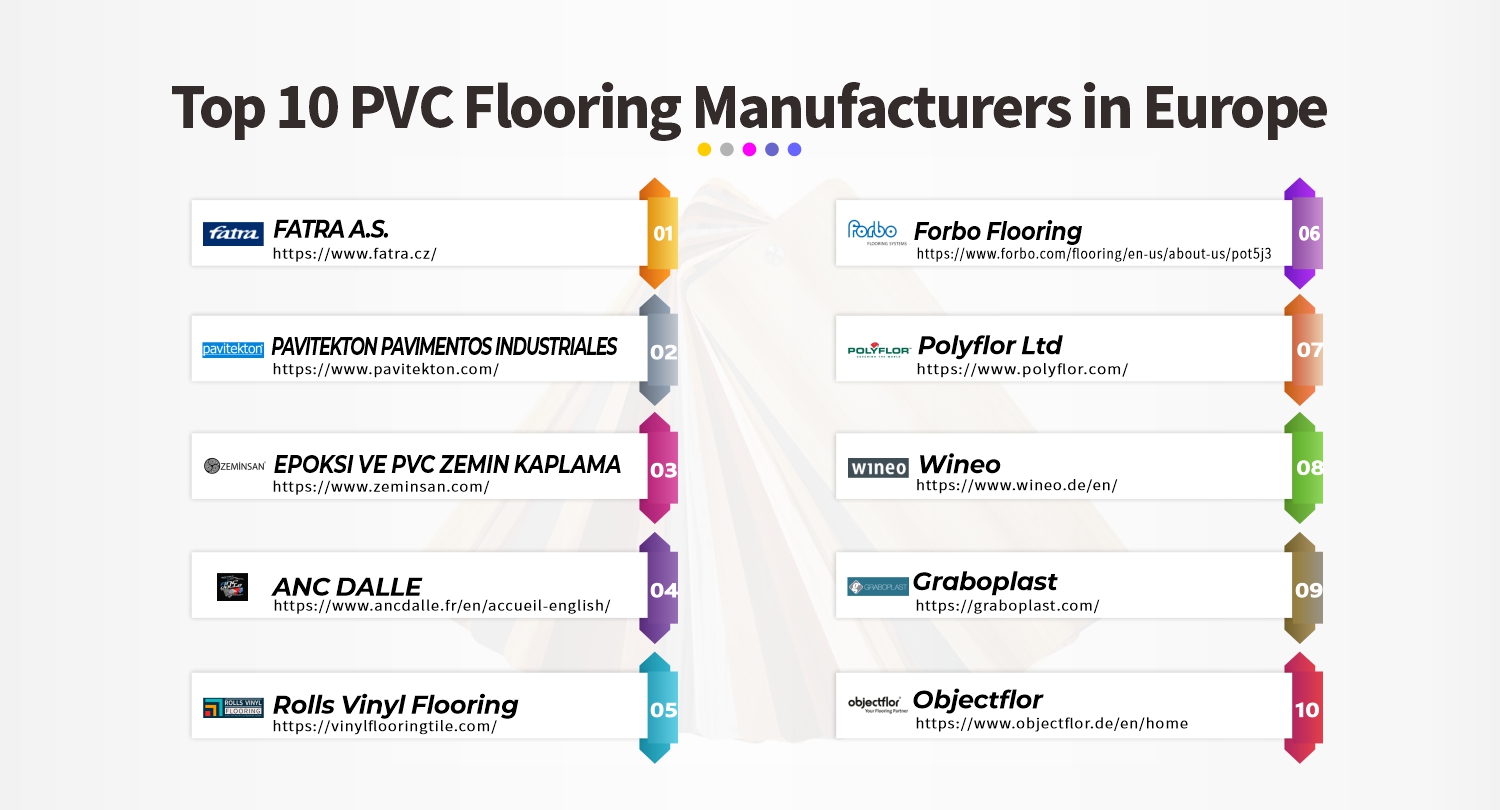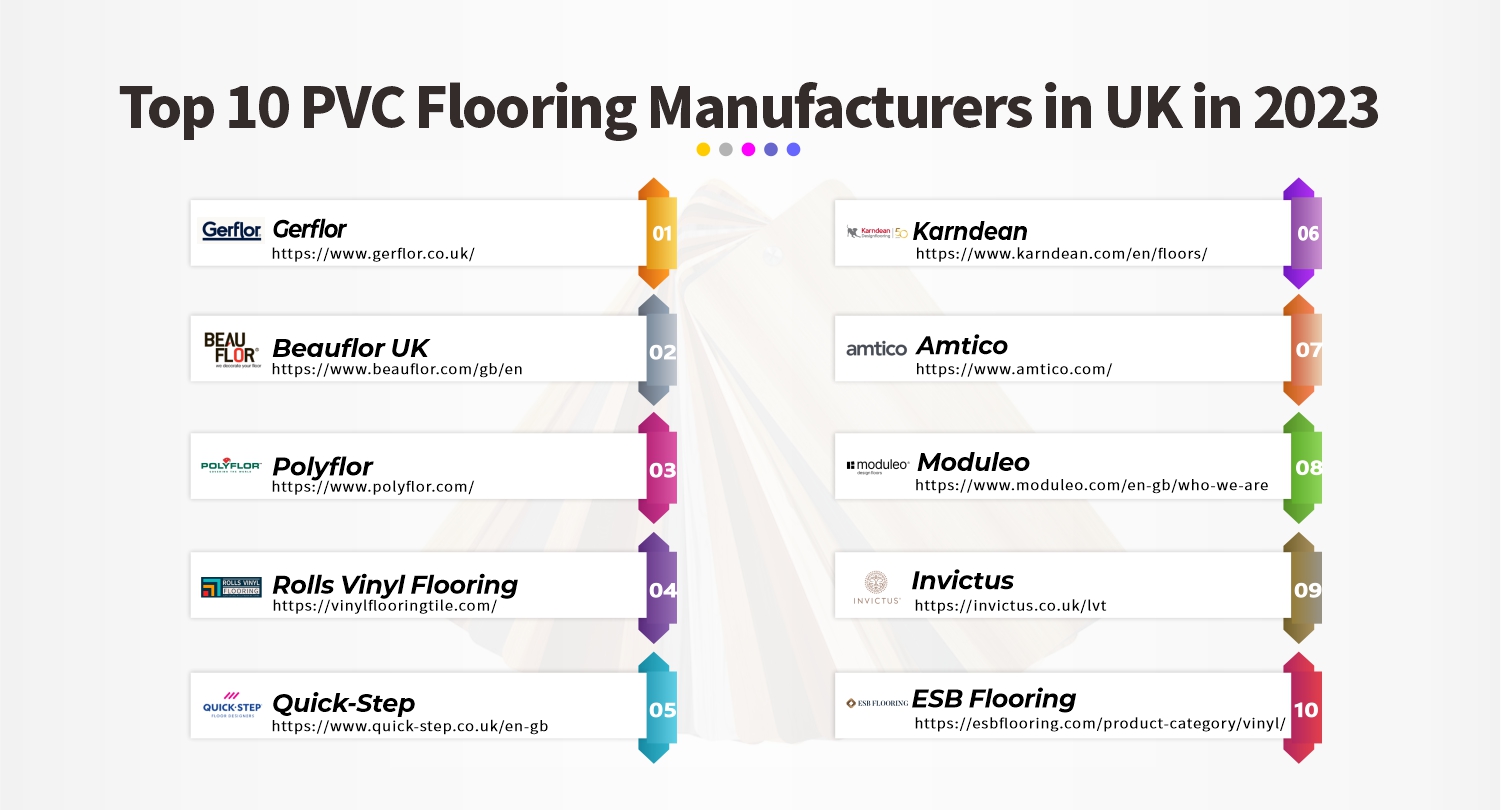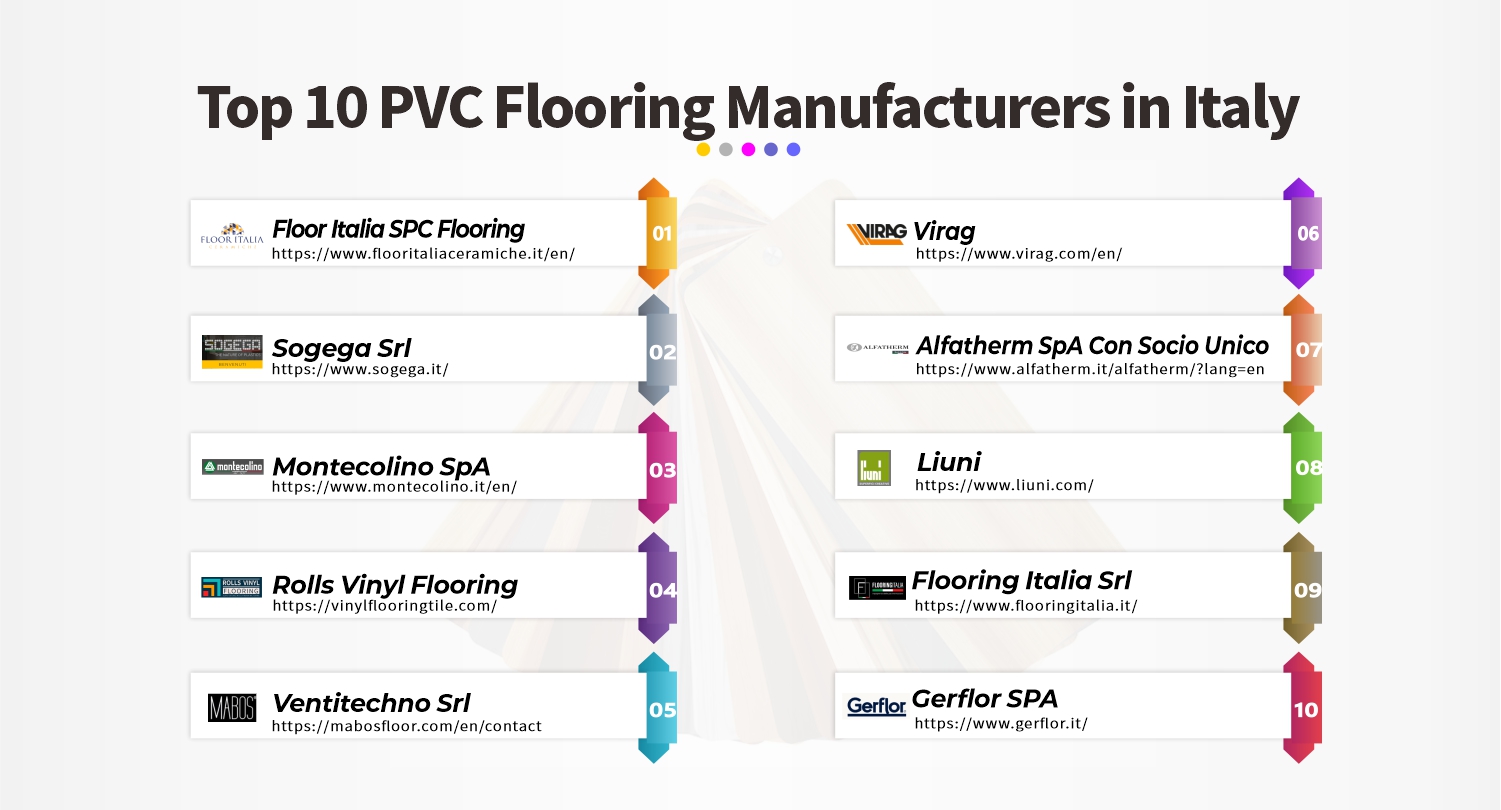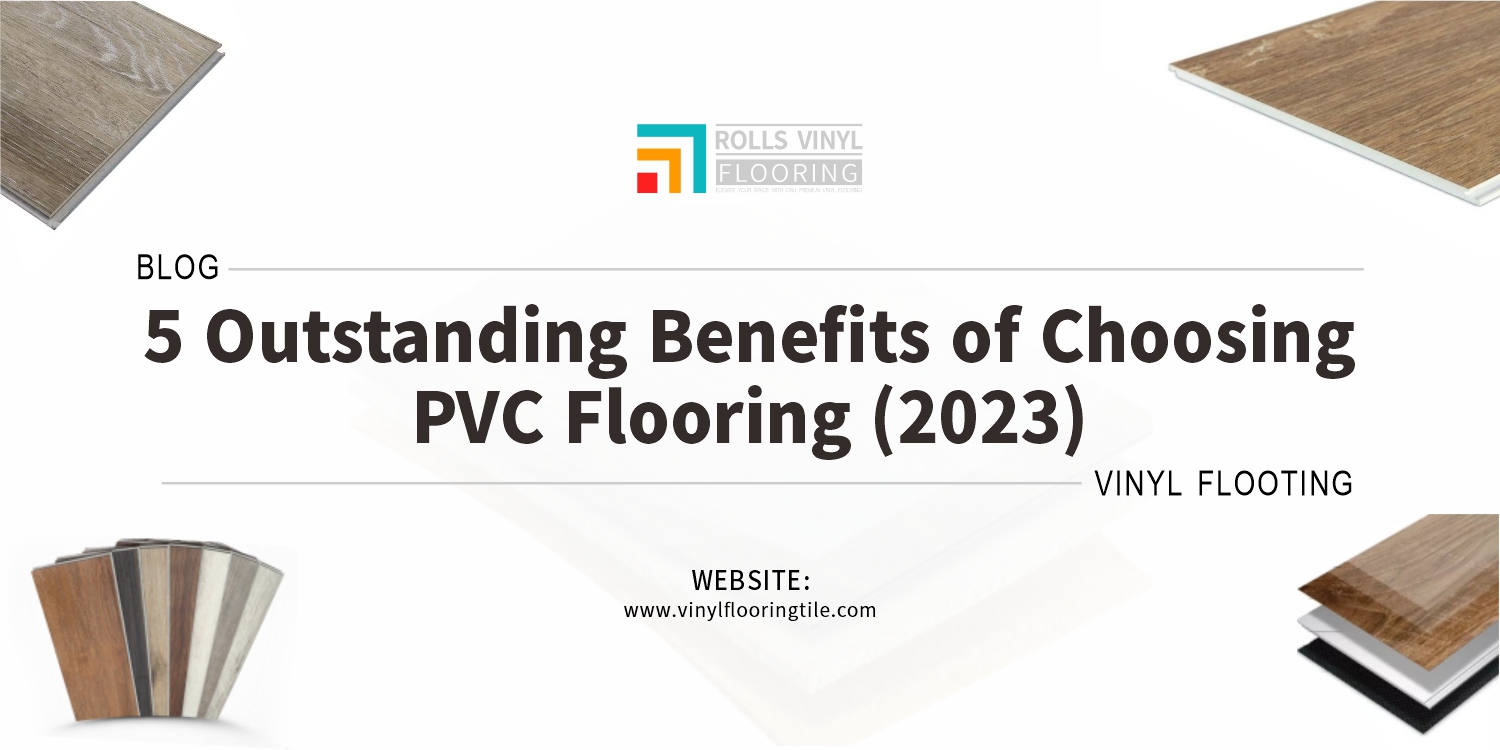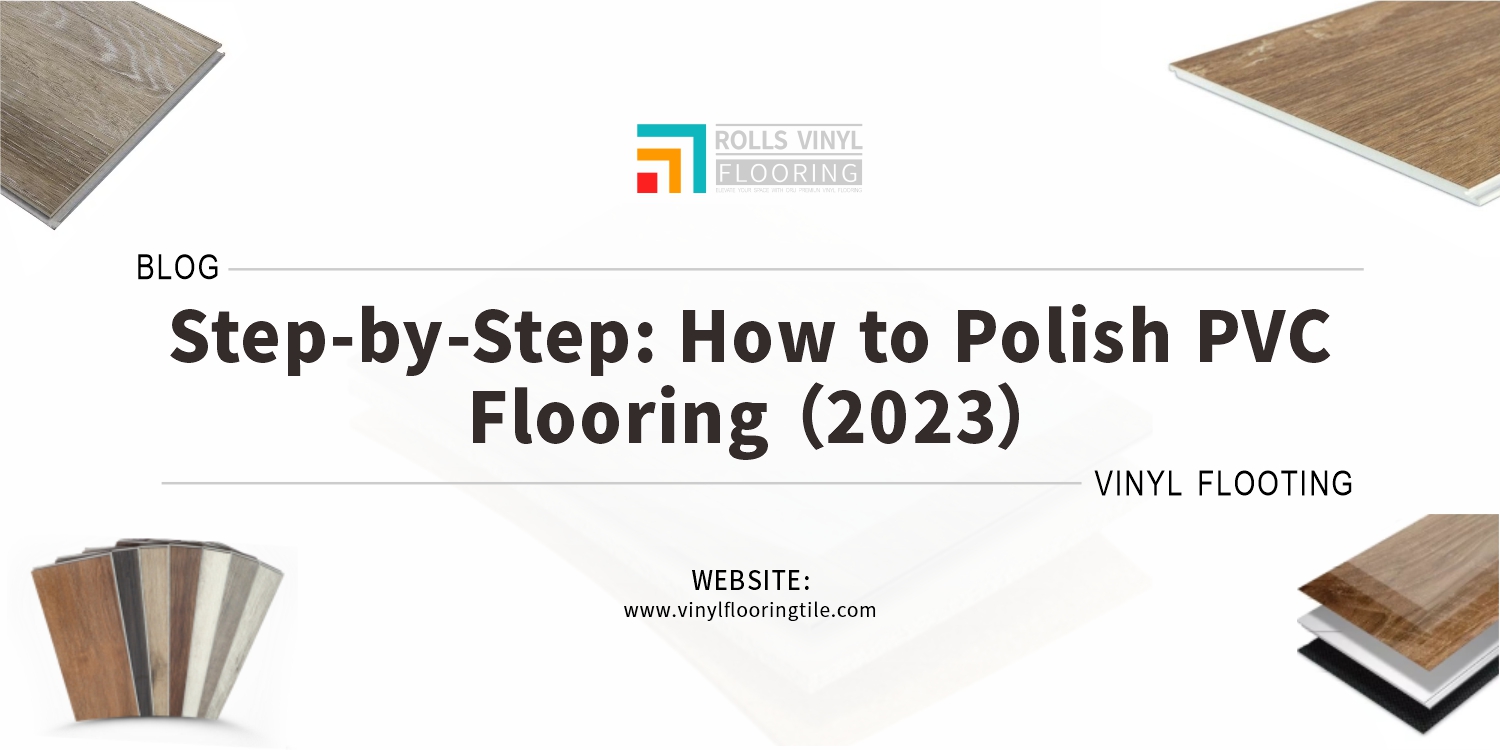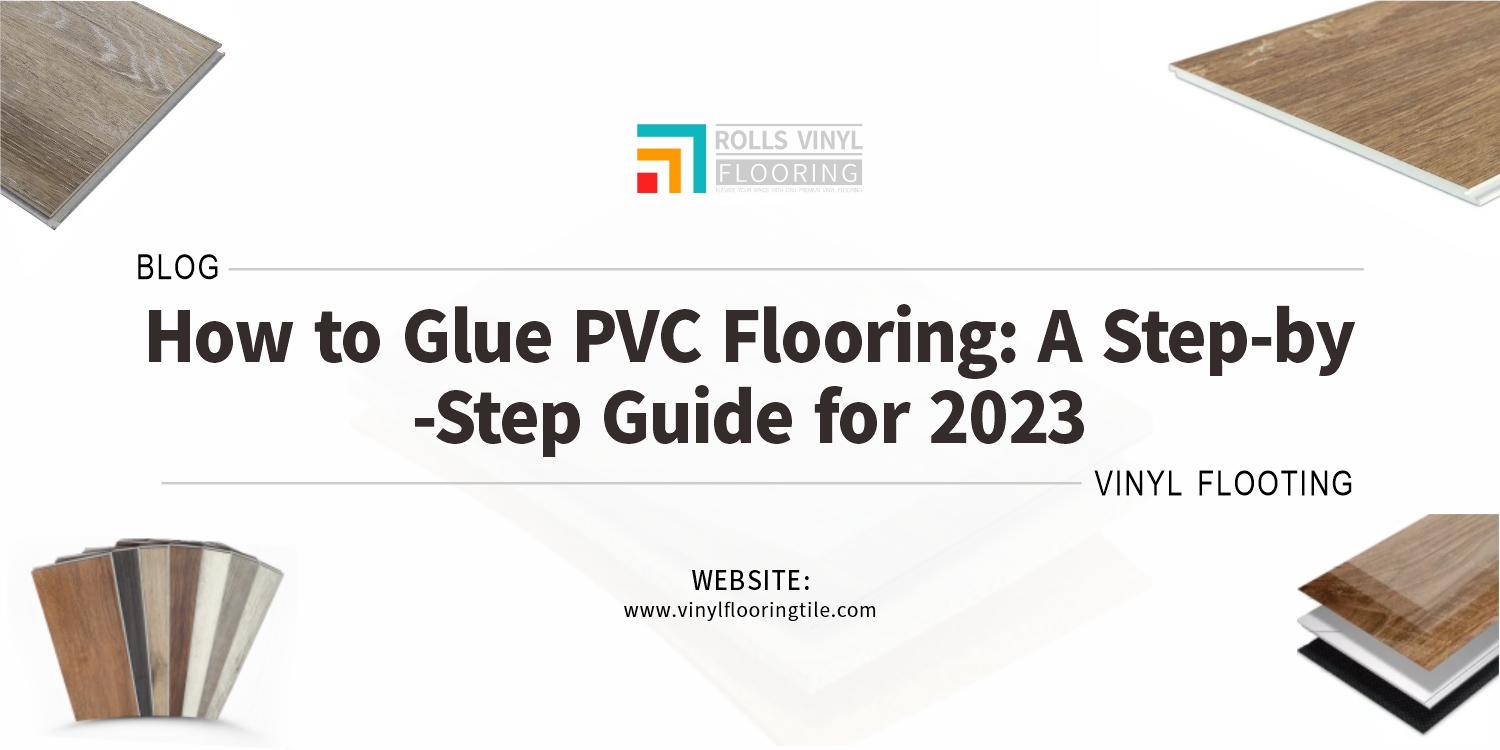Are you ready to step up your flooring game but feeling overwhelmed by the choices? Look no further! Discover the ultimate showdown between SPC and WPC flooring in our comprehensive guide. Whether you’re renovating your home or revamping a commercial space, this guide will equip you with the knowledge to make an informed decision. Get ready to unlock the secrets of durability, water resistance, design options, and more. Say goodbye to confusion and hello to confident flooring choices. It’s time to transform your project with the perfect flooring solution.
SPC Flooring
- Advantages of SPC flooring
- Durability and strength
- Water resistance
- Stability and dimensional integrity
- Ease of installation
- Disadvantages of SPC flooring
- Hardness and lack of cushioning
- Limited design options
- Vulnerability to temperature fluctuations
WPC Flooring
- Advantages of WPC flooring
- Water resistance
- Comfort and cushioning
- Wide range of design options
- Sound absorption
- Disadvantages of WPC flooring
- Susceptibility to indentations and scratches
- Potential for expansion and contraction
- Limited heat resistance
Comparison of SPC and WPC Flooring
- Durability and water resistance
- Stability and dimensional integrity
- Design options and aesthetics
- Installation considerations
- Maintenance requirements
So why wait? Let’s dive in and discover all about SPC & WPC Flooring!
Overview of SPC and WPC flooring:
When it comes to choosing the right flooring for your project, two popular options often come into the spotlight: SPC (Stone Plastic Composite) and WPC (Wood Plastic Composite) flooring. SPC flooring is crafted with a unique combination of natural limestone powder, PVC resin, and stabilizers, resulting in a robust and durable flooring solution.
On the other hand, WPC flooring blends wood fibers or sawdust with thermoplastic materials to create a resilient and eco-friendly option that mimics the appearance of hardwood flooring. Both SPC and WPC flooring offer distinct advantages and features that cater to different needs and preferences.

Importance of understanding the pros and cons of each type:
Before making a flooring decision, it is crucial to grasp the pros and cons of SPC and WPC flooring to align them with your specific project requirements. Each type has its own set of advantages and considerations. SPC flooring excels in areas such as durability, water resistance, stability, and ease of installation, making it ideal for high-traffic spaces or areas prone to moisture. On the other hand, WPC flooring offers benefits like water resistance, comfort underfoot, a wide range of design options, and sound absorption. By understanding these factors, you can make an informed choice and ensure that your flooring selection not only enhances the aesthetics but also meets the practical demands of your project.
SPC Flooring
Definition and composition of SPC flooring
SPC flooring, also known as Stone Plastic Composite flooring, is a type of rigid vinyl flooring that has gained popularity in recent years. It is composed of several layers that work together to create a durable and visually appealing flooring option. The topmost layer is a wear layer, which provides resistance against scratches, stains, and fading. Beneath the wear layer is a decorative layer that replicates the appearance of various natural materials such as wood or stone. The core layer, made of a stone plastic composite, gives the flooring its rigidity, stability, and resistance to impact. Additionally, there is an attached underlayment layer that provides sound insulation and enhanced comfort underfoot. SPC flooring is typically installed as interlocking planks or tiles, making it easy to install and maintain. Its unique composition and construction make SPC flooring a durable, water-resistant, and aesthetically pleasing choice for both residential and commercial spaces.
Advantages of SPC flooring
1.Durability and strength
SPC flooring offers numerous advantages that make it a popular choice for both residential and commercial applications. Firstly, its exceptional durability and strength set it apart from other flooring options. The stone plastic composite core layer provides excellent resistance against dents, impacts, and wear, making it highly suitable for high-traffic areas. It can withstand heavy furniture, foot traffic, and even the claws of pets without showing significant signs of wear and tear, ensuring a long-lasting flooring solution.
2.Water resistance
In addition to its durability, SPC flooring is highly water-resistant. Unlike traditional hardwood or laminate flooring, SPC flooring can withstand moisture and is not prone to swelling or warping when exposed to spills or high humidity. This characteristic makes it ideal for installation in areas such as kitchens, bathrooms, and basements where moisture can be a concern. It offers peace of mind, knowing that your flooring will maintain its integrity even in environments prone to water exposure.
3.Stability and dimensional integrity
Stability and dimensional integrity are crucial factors in flooring, and SPC flooring excels in this regard. Its rigid core composition provides exceptional stability, reducing the risk of expansion and contraction due to temperature changes or fluctuations in humidity. This dimensional stability prevents gaps between the planks or tiles and ensures a seamless and visually appealing floor. It also makes SPC flooring compatible with underfloor heating systems, allowing for comfortable and efficient heating throughout your space.
4.Ease of installation
Finally, ease of installation is another advantage of SPC flooring. Most SPC flooring options come with a click-lock or interlocking mechanism, allowing for straightforward installation without the need for adhesive or specialized tools. This makes it a suitable choice for DIY enthusiasts or those looking to save on installation costs. The interlocking system ensures a tight and secure fit between the planks or tiles, creating a uniform and professional-looking floor. Additionally, SPC flooring can often be installed directly over existing hard surfaces, saving time and effort in the preparation process.
Disadvantages of SPC flooring
1.Hardness and lack of cushioning
While SPC flooring offers numerous advantages, it is important to consider some potential disadvantages before making a decision. One drawback of SPC flooring is its hardness and lack of cushioning compared to other flooring options like carpet or engineered hardwood. The rigid nature of SPC flooring can result in a less forgiving surface, which may feel harder underfoot and provide less shock absorption. This can be a concern for individuals who prefer a softer and more cushioned feel when walking or standing for extended periods.
2.Limited design options
Another disadvantage of SPC flooring is the limited design options compared to some other flooring types. While SPC flooring can mimic the look of natural materials like wood or stone, the range of design options may not be as extensive as what is available with other flooring choices. The printed decorative layer can sometimes lack the depth and authenticity found in natural materials, and there may be fewer choices in terms of color, texture, and pattern. However, it’s worth noting that the design options for SPC flooring have been expanding, and there are still a variety of attractive and visually appealing choices available.
3.Vulnerability to temperature fluctuations
Additionally, SPC flooring can be vulnerable to temperature fluctuations. Like most rigid vinyl flooring, SPC flooring can expand or contract with extreme temperature changes. This can potentially lead to gaps or buckling if proper expansion gaps are not maintained during installation. It is important to follow the manufacturer’s guidelines and leave sufficient space around the edges of the room or near fixed structures to accommodate for potential expansion. Proper acclimation of the flooring to the installation environment is also crucial to minimize the impact of temperature-related changes.
WPC Flooring
Definition and composition of WPC flooring
WPC flooring, also known as Wood Plastic Composite flooring, is a type of engineered flooring that combines the natural aesthetics of wood with the durability and versatility of plastic. It is composed of a blend of wood fibers or flour and thermoplastic materials, typically polyvinyl chloride (PVC) or polyethylene (PE). The wood fibers provide the flooring with a natural appearance and texture, while the thermoplastic materials enhance its strength, stability, and resistance to moisture and wear. WPC flooring is often manufactured through an extrusion process, where the wood and plastic components are mixed together and formed into planks or tiles. The result is a flooring material that offers the charm of wood flooring with the added benefits of easy maintenance, moisture resistance, and enhanced durability. WPC flooring is available in a range of styles, colors, and finishes, making it a popular choice for both residential and commercial applications.

Advantages of WPC flooring
1.Water resistance
WPC flooring offers several advantages that make it a desirable choice for flooring applications. Firstly, one of the key benefits of WPC flooring is its excellent water resistance. The combination of wood fibers and thermoplastic materials creates a dense and non-porous surface that is highly resistant to water damage. Unlike traditional hardwood flooring, which can be susceptible to warping or swelling when exposed to moisture, WPC flooring maintains its structural integrity even in high-moisture environments such as bathrooms or kitchens. This water-resistant property also makes WPC flooring easier to clean and maintain, as spills can be quickly wiped away without causing long-term damage.
2.Comfort and cushioning
In addition to its water resistance, WPC flooring offers exceptional comfort and cushioning underfoot. The combination of wood fibers and plastic materials provides a slightly softer surface compared to traditional hardwood or laminate flooring. This cushioning effect can be particularly beneficial for individuals who spend a lot of time standing or walking on the floor, as it helps to reduce fatigue and provide a more comfortable experience. WPC flooring’s ability to offer a slight amount of flexibility can also help absorb impact and reduce stress on joints, making it a suitable option for households with young children or elderly individuals.
3.Wide range of design options
WPC flooring boasts a wide range of design options, allowing homeowners to find a style that matches their aesthetic preferences. The manufacturing process of WPC flooring allows for a variety of finishes, colors, and patterns to be applied to the surface, mimicking the appearance of natural wood or other materials. Whether you prefer the look of traditional oak, modern gray tones, or exotic hardwood species, there is a design option available to suit your taste. The versatility in design options makes WPC flooring a popular choice for those seeking to achieve a specific interior design theme or create a unique and personalized space.
4.Sound absorption
Furthermore, WPC flooring has excellent sound absorption properties. The combination of wood fibers and plastic materials helps to dampen and reduce noise transmission, making it a quieter flooring option compared to harder surfaces like tile or laminate. This can be especially advantageous in multi-story buildings or areas where noise reduction is desired, such as bedrooms, home offices, or commercial spaces. The sound absorption quality of WPC flooring creates a more peaceful and comfortable living or working environment by minimizing the impact of footsteps, furniture movement, or other sources of noise.
Disadvantages of WPC flooring
1.Susceptibility to indentations and scratches
While WPC flooring offers many advantages, it’s important to consider some potential disadvantages before making a decision. One disadvantage is its susceptibility to indentations and scratches. Although WPC flooring is generally more durable than traditional hardwood, it is still susceptible to damage from heavy furniture, sharp objects, or dragging heavy items across the floor. While the wear layer of WPC flooring provides some protection, it is important to use furniture pads and take precautions to avoid excessive scratching or denting.
2.Potential for expansion and contraction
Another potential drawback of WPC flooring is its tendency to expand and contract with changes in temperature and humidity. Like any composite material, WPC flooring may be affected by variations in the environment. Extreme temperature fluctuations or high levels of humidity can cause the planks or tiles to expand or contract, potentially resulting in gaps or buckling if proper installation and expansion gaps are not maintained. It is crucial to follow the manufacturer’s guidelines and ensure that the flooring is acclimated properly before installation to minimize the impact of these changes.
3.Limited heat resistance
Additionally, WPC flooring has limited heat resistance compared to some other flooring options. Direct and prolonged exposure to high temperatures, such as from hot pans or radiant heat sources, can cause the flooring to warp or discolor. It is important to use proper insulation and protective measures, such as using heat-resistant mats or trivets, to prevent potential damage. It is advisable to consult the manufacturer’s guidelines and limitations regarding heat exposure to ensure the longevity and performance of the WPC flooring.
Comparison of SPC and WPC Flooring
Durability and water resistance
In terms of durability and water resistance, both SPC and WPC flooring excel. SPC flooring, with its stone plastic composite core, is extremely durable and resistant to impacts, dents, and wear. It can withstand heavy foot traffic and is highly suitable for high-traffic areas. WPC flooring, on the other hand, offers good durability due to its wood and plastic composition. Both types of flooring are water-resistant, with the ability to withstand spills and moisture. However, SPC flooring generally has a slight edge in water resistance due to its rigid core, making it more suitable for areas prone to moisture, such as bathrooms or kitchens.
Stability and dimensional integrity
Both SPC and WPC flooring offer stability and dimensional integrity. The rigid core of SPC flooring provides excellent stability, reducing the risk of expansion and contraction due to temperature changes or fluctuations in humidity. This dimensional stability ensures a tight fit between the planks or tiles and minimizes the potential for gaps. WPC flooring also offers stability, although it may have slightly more flexibility compared to SPC flooring. Proper installation techniques and adherence to manufacturer guidelines are crucial for maintaining stability and minimizing the impact of temperature-related changes for both types of flooring.
Design options and aesthetics
When it comes to design options and aesthetics, both SPC and WPC flooring offer a wide range of choices. SPC flooring often replicates the appearance of natural materials such as wood or stone, with various color and texture options available. WPC flooring, on the other hand, combines the natural aesthetics of wood with the versatility of plastic, offering a similar range of styles, colors, and finishes. The design options for both types of flooring continue to expand, allowing homeowners to find a style that suits their preferences and complements their interior design.
Installation considerations
Installation considerations differ slightly between SPC and WPC flooring. SPC flooring typically comes in interlocking planks or tiles, allowing for a floating floor installation. The interlocking mechanism makes installation straightforward, without the need for adhesive or specialized tools. WPC flooring may also have an interlocking system or require glue-down installation depending on the specific product. However, both types of flooring are generally considered DIY-friendly, and proper installation techniques are essential for achieving a professional and long-lasting result.
Maintenance requirements
In terms of maintenance requirements, both SPC and WPC flooring are relatively easy to maintain. Regular sweeping or vacuuming to remove dirt and debris is recommended for both types of flooring. Both are resistant to stains and spills, making them easy to clean with mild soap and water. However, it’s important to avoid abrasive cleaners or excessive moisture that could potentially damage the flooring. Following the manufacturer’s guidelines for maintenance and care will help preserve the appearance and longevity of both SPC and WPC flooring options.

In conclusion, both SPC and WPC flooring offer durability, water resistance, stability, and a wide range of design options. SPC flooring excels in water resistance and is ideal for moisture-prone areas, while WPC flooring combines the charm of wood aesthetics with versatility. Both types are easy to install and maintain. The choice between SPC and WPC flooring depends on individual preferences, specific needs, and intended application. By considering factors such as water resistance, desired aesthetics, and overall performance expectations, homeowners can select the flooring option that best suits their style and functional requirements. With proper consideration and care, either choice can provide a long-lasting and appealing flooring solution.

